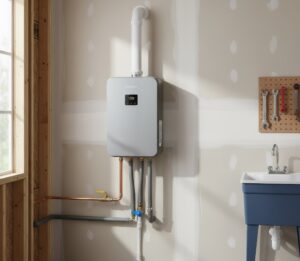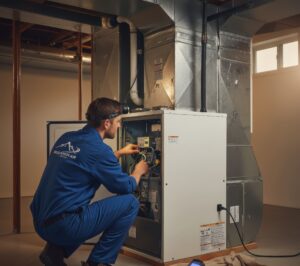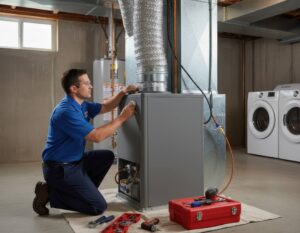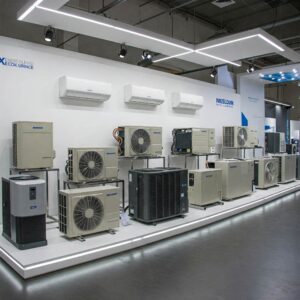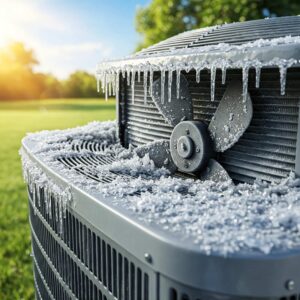Well-maintained HVAC systems help improve indoor air quality for most Alberta homeowners but sometimes a little help is needed to combat dust and pollution and to raise or lower humidity levels.
Air purifiers and humidifiers can help families with air purity or dry air problems. An air purifier removes pollutants and allergens while a humidifier adds moisture to the air, both of which can ease certain health issues related to air quality.
But is an air purifier or humidifier best to improve a home’s poor indoor air quality—or do you need both? How do you know which device(s) you need?
Let’s find out…
Air Purifier Vs Humidifier: Which is Best?
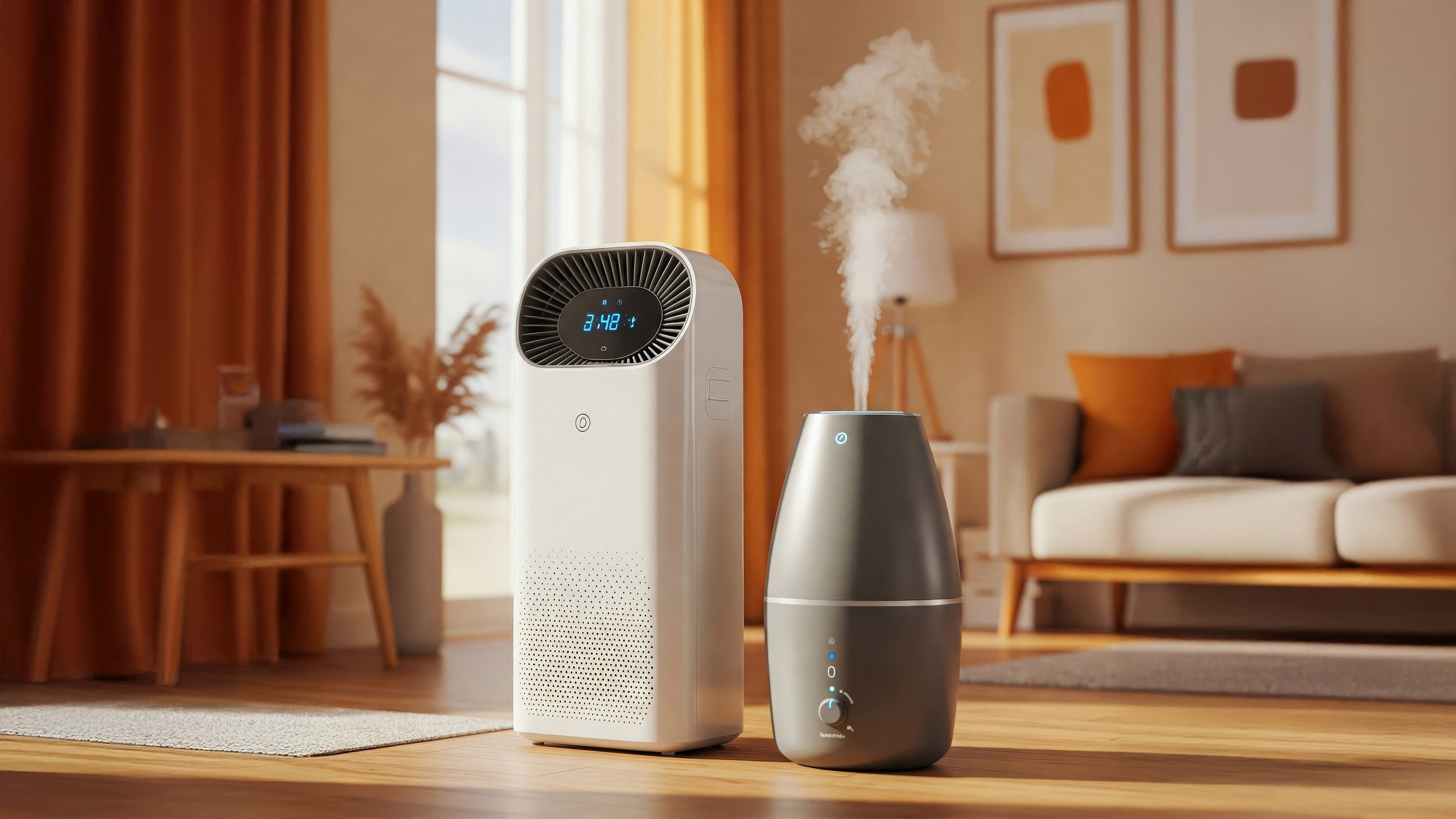
Air purifiers are generally best if you need to protect people from breathing in contaminants, though your HVAC filter should trap many airborne pollutants. Humidifiers are best if your home suffers from dry air, especially in winter, which can trigger conditions like dry skin, itchy eyes, and throat irritation,
Both an air purifier and humidifier may be needed seasonally in some Alberta homes and are generally available as whole-home systems integrated with the heating and cooling system or as standalone devices.
This table summarizes the main features of air purifiers vs humidifiers:
|
Air Purifier |
Humidifier | |
|---|---|---|
|
Main Purpose |
Remove pollutants from the air. |
Add moisture to the air. |
|
Upfront Cost (Whole Home) |
$1,000-$3,000. |
$500-$2,000. |
|
Upfront Cost (Portable) |
$100-$500. |
$75-$250. |
|
Ongoing Costs |
Moderate (regular filter changes). |
Low if cleaned by DIY. |
|
Health Benefits |
Pure air can help with allergy relief and may help prevent viruses and diseases (with the right filters). |
More humid air may ease allergy symptoms, such as dry skin, sore throat, and other health issues. |
|
Maintenance Requirements |
Filter changes every 6-12 months. |
Water must be added regularly and cleaning performed every few days to prevent mold growth. |
|
Usage |
All year round if necessary |
Seasonal (most commonly in winter) |
|
Safety |
Excellent if filters are changed regularly |
Excellent if regularly cleaned/disinfected and if distilled water is used |
|
Best for |
People with breathing difficulties or if you are concerned about contaminants in the air affecting the respiratory health of babies or the elderly |
Anyone who suffers from dry air conditions, such as dry skin, itchy eyes, and certain conditions like congestion that affect the upper respiratory system |
Let’s go into more detail below…
MAKE THE RIGHT HEATING & COOLING DECISIONS…
For over two decades, Alberta Mountain Air has helped Calgarians solve heating and cooling problems and maintain ideal comfort levels. Get in touch online for a quote.
What Are Air Purifiers?
Indoor air can be 2-5 times (and up to 100 times) more polluted than outdoor air, according to the American Lung Association.
Around the world, the World Health Organization identifies household air pollution exposure as a contributor to stroke, heart disease, chronic obstructive pulmonary disease (COPD), and lung cancer. Airborne irritants such as dust, pollen, smoke, or pet dander are also known to worsen asthma symptoms.
Even if you regularly replace the filter in your HVAC system, as is recommended, it may not clean the air to the standard you need—especially if pets, smokers, allergy suffers or people with breathing issues live in the home and/or you are located near construction, wildfires or other potential pollutant sources.
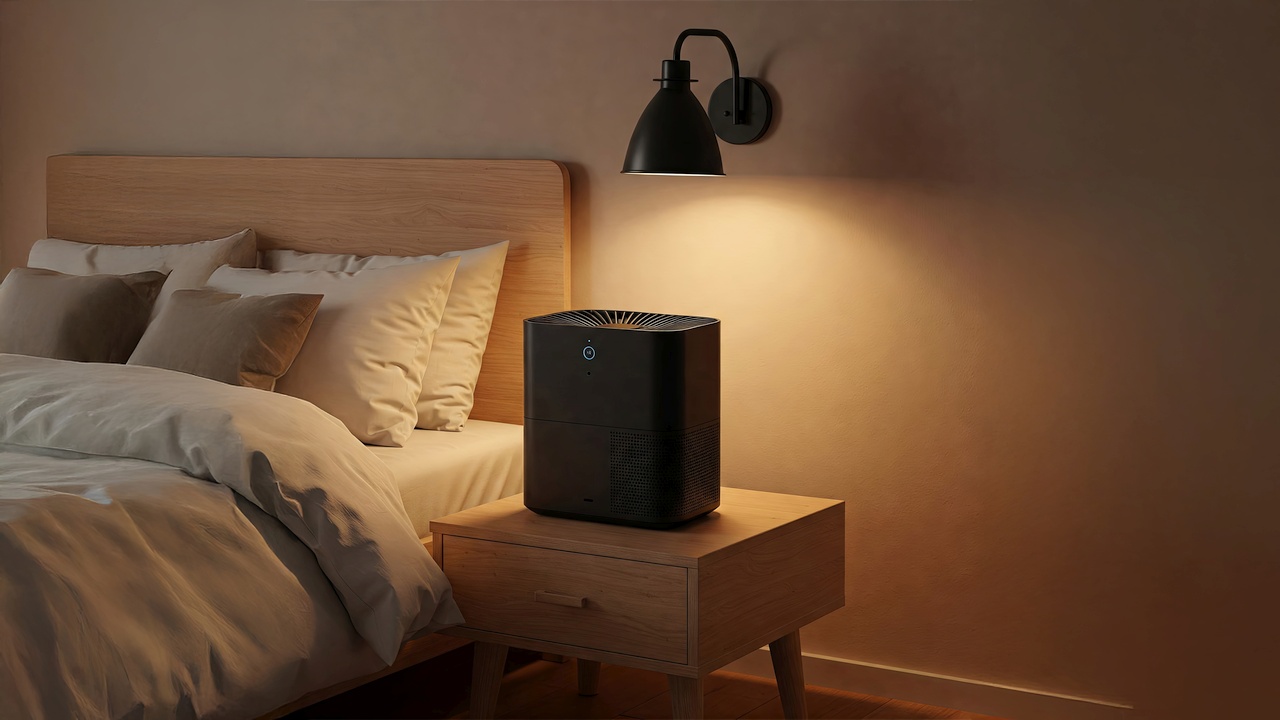
Air purifiers are specifically designed to remove pollutants, allergens, and other contaminants from the air using specialized filters, improving indoor air quality and reducing respiratory issues.
The two main components of an air purifier are a fan and a filter system. Some devices use HEPA filters and UV light to kill disease-causing microbes (germs and bacteria) and others use ionizers or have activated carbon filters that help to remove odors.
Air passes through the unit, unwanted particles are trapped or removed by the filter, and clean air is blown back into the room. Depending on the type of air purifier and its filtration process, some of the contaminants removed from the indoor air include:
- Dust
- Pollen
- Pet dander
- Smoke
- Allergens
- Bacteria
- Viruses
What Are Humidifiers?
If the relative humidity level in your home falls below 30 percent during the winter and below 40 percent in the summer, when the air is warmer and can hold more moisture, it is considered too low. This can affect comfort levels and cause health issues, such as scratchy throats and dry skin.
Humidifiers are widely used across North America for indoor humidity control, especially in winter. Adding moisture to the air can raise the relative humidity level indoors to the recommended levels.
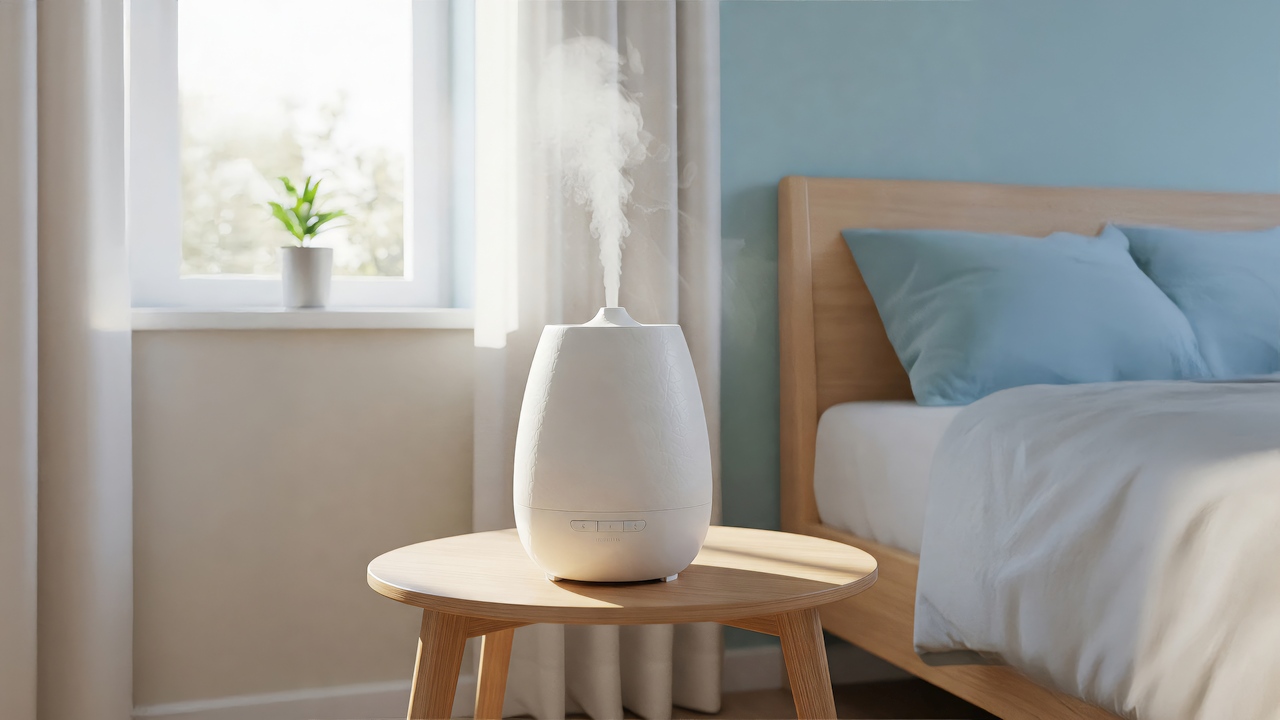
Humidifiers usually work by:
- Boiling water into steam, or
- Vibrating water droplets into the air with ultrasonic technology, or
- Evaporating the water using a fan and a wick.
Humidifiers may use distilled water or tap water, depending on the type, but distilled water is generally preferable because it is considered safer.
Whole-home humidifiers are often integrated with the HVAC system to add moisture to the air throughout the entire home. Alternatively, portable humidifiers can be used in specific rooms.
What is a Dehumidifier?
Health Canada recommends that the relative humidity in your home is kept below 50 percent in the summer and between 30-35 percent in the winter.
If the humidity rises above these recommended levels, as sometimes happens in summer in Alberta, the air is considered too humid. As well as being uncomfortable, humid air can promote mold and mildew, and affect certain allergies.
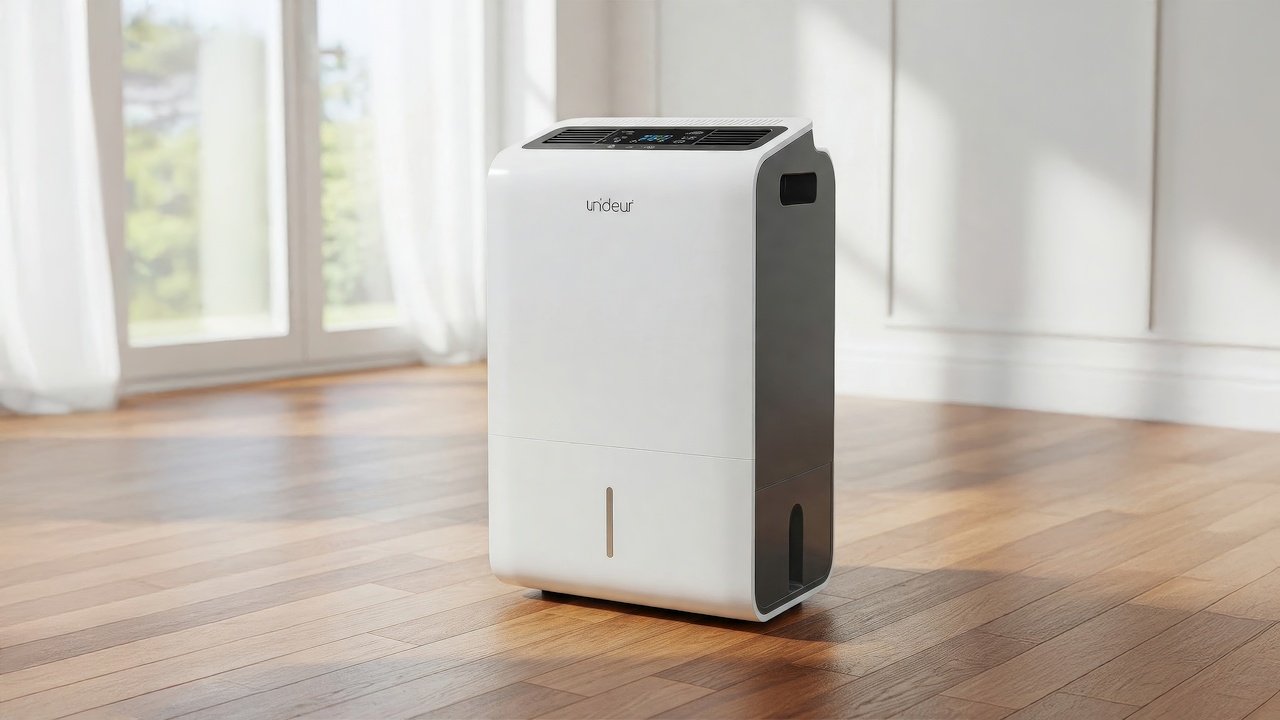
Dehumidifiers remove moisture from the air, working in reverse to humidifiers. Both are generally used as seasonal devices in Alberta.
Key Differences Between Air Purifiers and Humidifiers
Air purifiers and humidifiers both impact the air quality in your home but they serve different purposes. Let’s consider the main differences between these devices:
- Purpose: Air purifiers clean the air and remove pollutants like dust, smoke, etc., while a humidifier adds moisture to the air.
- Costs: The average whole-house air purifier typically costs from $1,000 to $3,000 including installation. Portable devices are available for $100-$500. Whole-house humidifiers cost anywhere from $500 to $2000 with installation, depending on the device type and the size of the home.
- Maintenance requirements: Air purifiers need their filters changed every 6-12 months while humidifier maintenance involves adding water regularly and frequent cleaning/disinfecting (every few days) to prevent the growth of bacteria and mold.
- Coverage: air purifiers offer varying coverage according to their size and type but can generally cover a wider area than humidifiers.
- Potential health benefits: air purifiers may offer relief for breathing difficulties (asthma) and exposure to pollutants such as smoke., as well as viruses/bacteria. Humidifiers may help prevent reactions caused by dry air, such as dry skin, dry eyes, sore throat, etc.
- Usage: air purifiers are often used all year round while humidifiers may only be required in the “dry-air months” of winter in Alberta.
- Safety: air purifiers are considered very safe while the same applies to most humidifiers—though models that use tap water or are not regularly cleaned have some question marks over their long-term effects on the lungs.
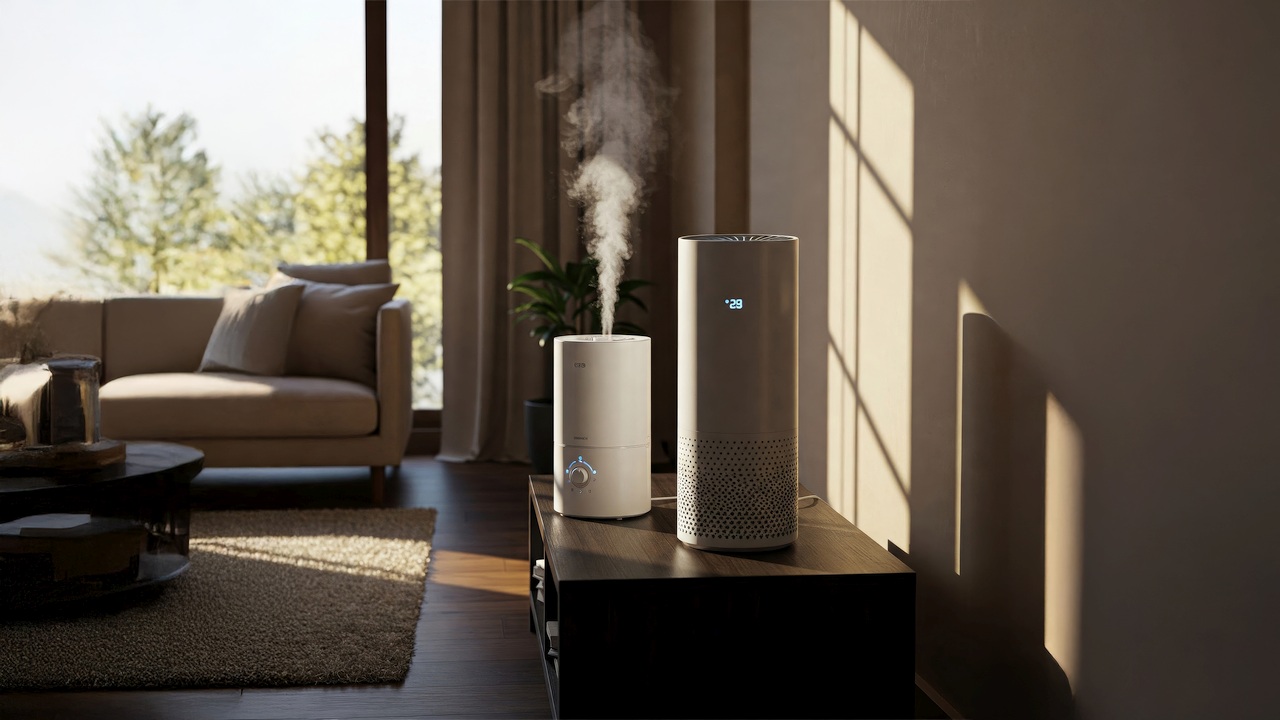
Air Purifier vs Humidifier: Evidence of Health Benefits
Manufacturers tend to promote the health benefits of devices designed to improve air quality. But what’s the story with air purifiers vs humidifiers? Is there good evidence for these claims?
Evidence for the Health Benefits of Air Purifiers
According to EPA research, portable HEPA air cleaners, which can capture up to 99.97 percent of airborne particles, can lead to:
- Moderate benefits for allergy and asthma symptoms
- Statistically significant improvement in cardiovascular health
- Benefits for people with a variety of allergies due to a reduced concentration of indoor allergens, including pollen, house dust mite allergens, and dog dander.
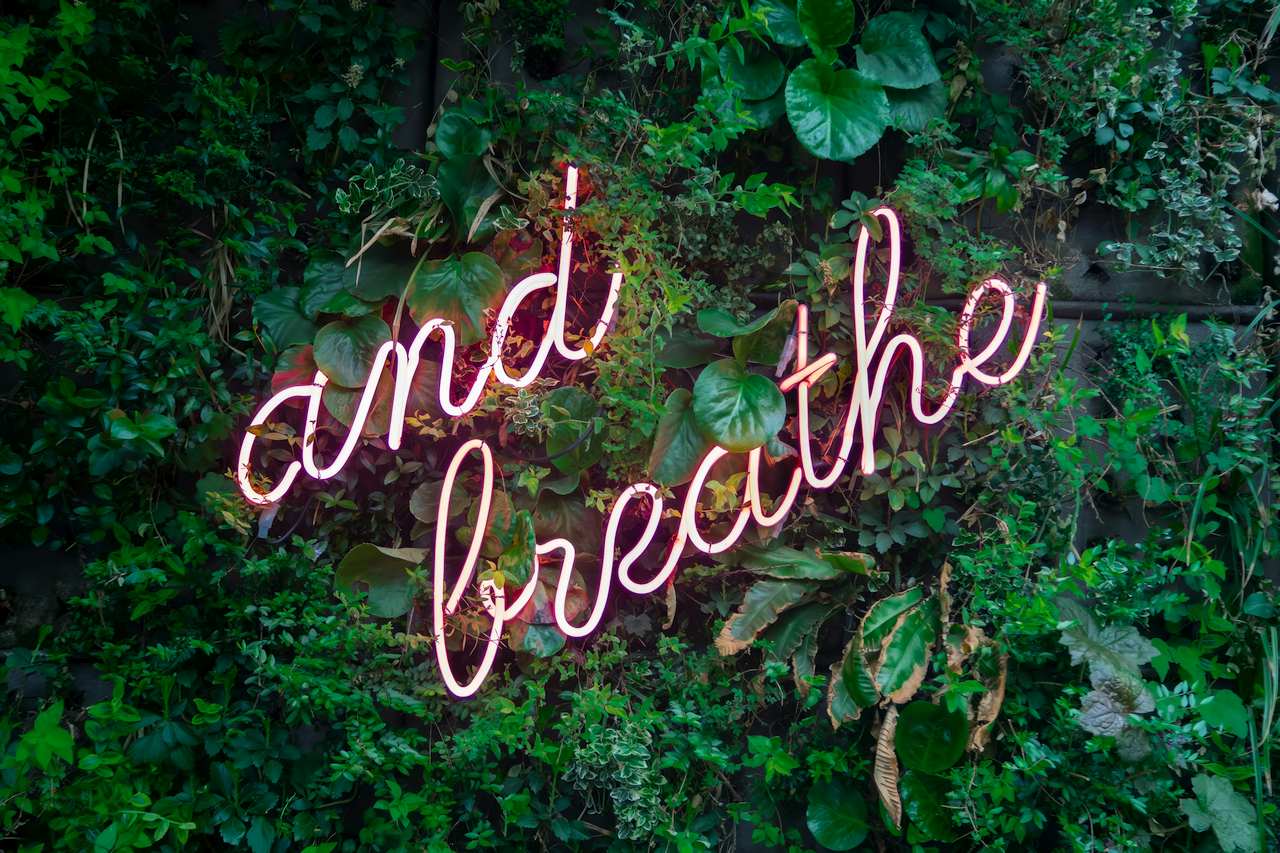
Some studies suggest that air purifiers might reduce exposure to viruses and bacteria but other research sheds some doubt on the effectiveness of air purifiers against dust mite allergens, which are a major trigger for asthma.
Evidence for the Health Benefits of Humidifiers
Humidifiers do not remove or destroy allergens but may reduce the symptoms associated with allergic reactions to dry air, such as dry skin, sinus issues, eye irritation or a scratchy dry throat—but only if they are regularly cleaned and topped up with distilled water.
According to research:
- Humidified air can relieve the discomfort of colds and the flu.
- Humidified air (40-60 percent) can also reduce the infectiousness of viruses.
- A cool mist humidifier helps nasal passages shrink and allows easier breathing for babies, according to the FDA in the U.S.

Note that if humidifiers are not properly maintained, they can increase the airborne allergens indoors because mold and mildew can release spores, increasing the risk of asthma and other allergies.
Humidifiers may also promote dust mites, which can be a trigger for asthma. In fact, it is recommended that you speak with a health professional before using a humidifier if you suffer from asthma.
FAQs
Yes, using an air purifier and a humidifier together can deliver clean indoor air with added moisture. Some models combine both technologies. If you use separate portable models, avoid placing them too close together in the same room because the moisture from the humidifier could clog filters and limit the effectiveness of the air purifier, also promoting mold growth.
This depends on whether you want to remove pollutants (an air purifier) or alleviate the effects of dry air (a humidifier).
Most people tolerate air purifiers very well because they do not remove moisture. However, continuously running the purifier may cause minor dryness—which can be relieved by also using a humidifier.
No, a humidifier adds moisture to the air but does not filter out any pollutants.
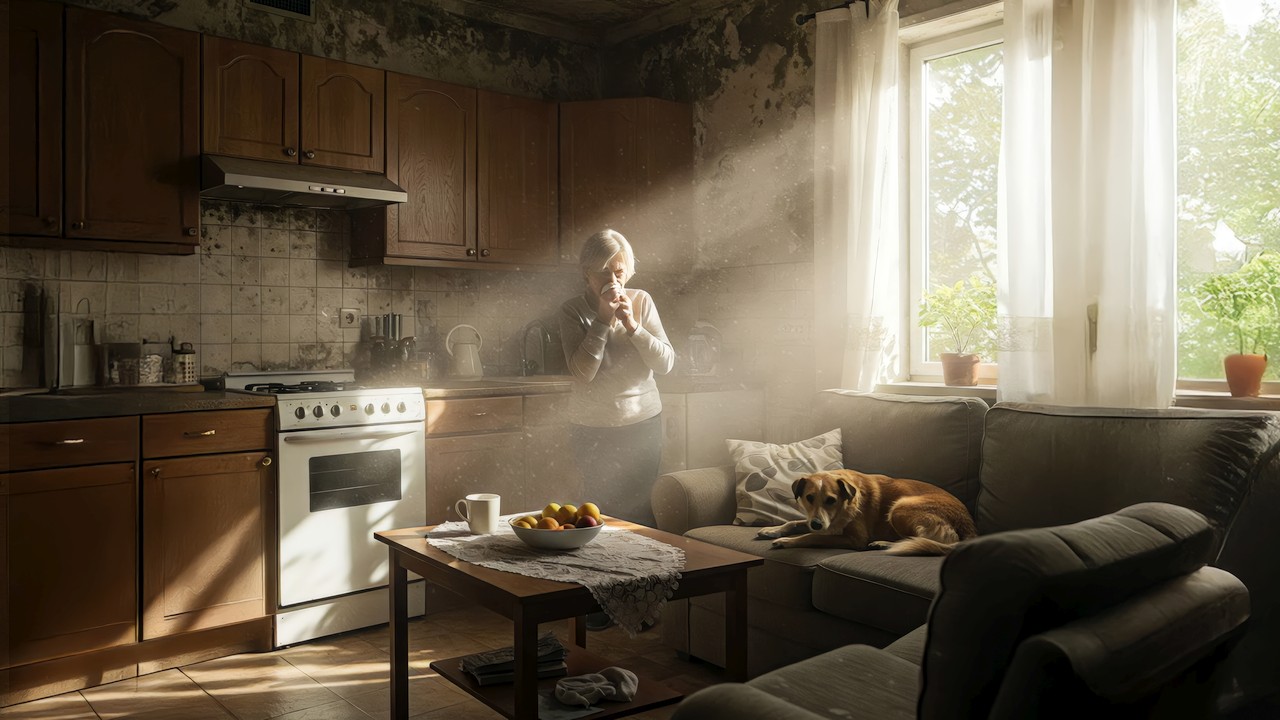
Pure, Healthy Air All Year Round…
Indoor air quality improvement starts with annual AC tune-ups and furnace maintenance and changing the air filter regularly.
However, air purifiers and humidifiers can take it a step further. You might need a humidifier if the air in your home is too dry or an air purifier to remove contaminants—or both if the indoor air is dry, dusty, and unhealthy despite the best efforts of your HVAC system.
Before you make any decisions, get professional advice from indoor comfort and air quality specialists.
All HVAC professionals at Alberta Mountain Air are SAIT-certified and can help you make the right heating and cooling decisions. So, if you’re in Calgary and considering your indoor air quality options, contact us online.

